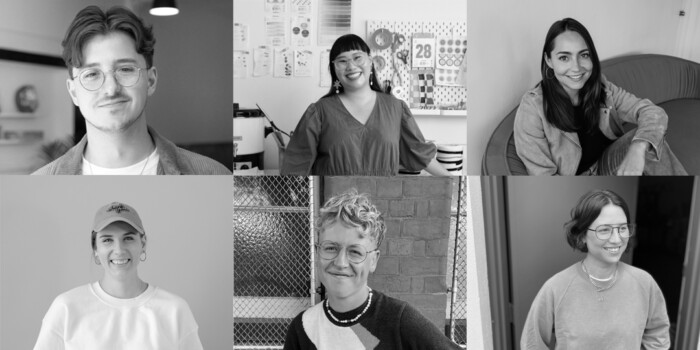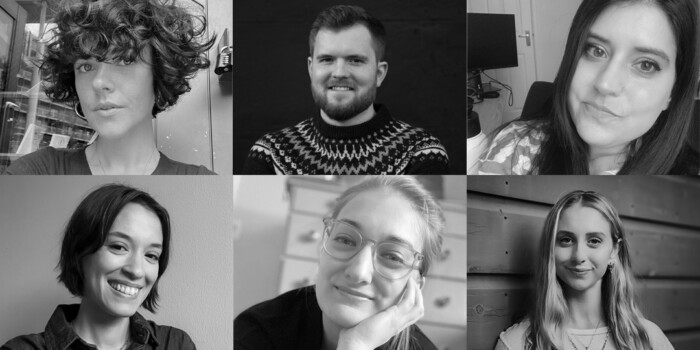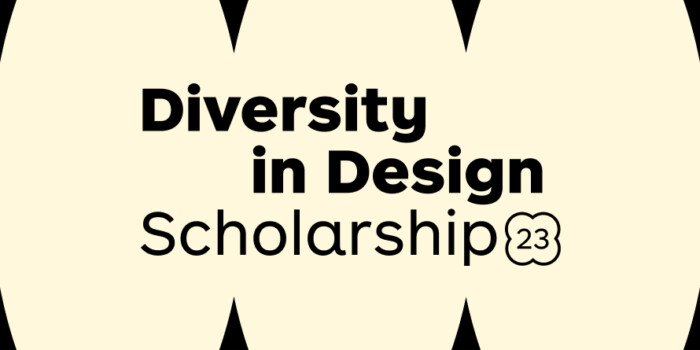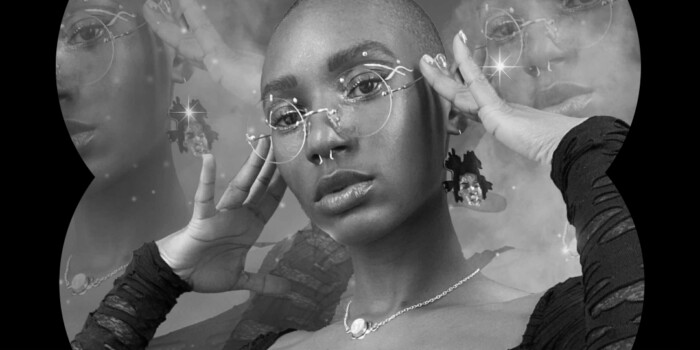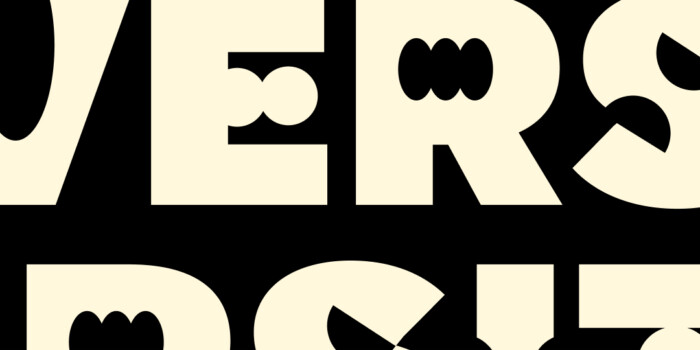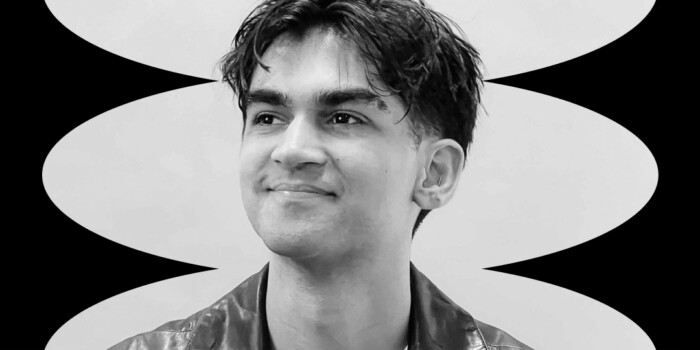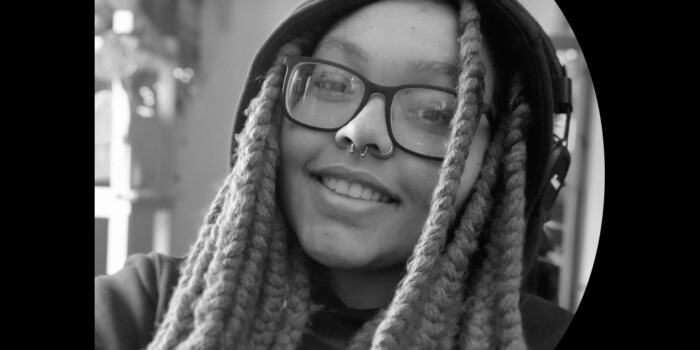Diversity in Design: Shillington Teachers Reflect on Diversity in the Design Industry

Diversity in design is an important topic to us at Shillington and we aim to support and strengthen equity by cultivating diverse and inclusive representation in the design industry—within our classrooms and beyond.
To help further understand Shillington’s commitment to diversity in design, we spoke to five of our graphic design teachers—Online teachers Thiago Eichner and Dan Wilson, New York teacher Justin Carey and London teacher Mags Straatman—about diversity and inclusion within the design industry that we are part of, and how they consider diversity in design in their own teaching practices.
Want to learn more? Read our teachers reflections on diversity in the design classroom.
What does diversity in design mean to you?
Dan: Graphic design is all about communication and it’s vital that we have a diverse range of ideas, experiences and voices being heard. Graphic design is such a broad and dynamic platform that touches every aspect of our daily lives and, as a commercial or creative outlet, it can only continue to evolve if we create a broader platform that empowers more and more people to be heard.
Thiago: Diversity is critical to the design industry.
By bringing together individuals with diverse backgrounds and perspectives, design teams can achieve more comprehensive solutions to complex design challenges.
Designing for a diverse audience requires a deep understanding of the different perspectives and experiences that make up that audience. By fostering diverse design teams, the industry can better reflect the diversity of the world it seeks to serve.
Mags: Graphic designers have a certain responsibility to the world when creating communication outputs; now, more important than ever, we need to create visual communications that represent a diverse range of people and opinions. This is how we support and show empathy to anyone who is from any background.
Justin: Diversity in design goes beyond just checking off boxes of inclusivity. It’s about recognizing the value that each person brings to the design process.
It also means considering the needs and desires of a wide audience, conducting research, and gathering feedback from folks with varying backgrounds to create products and experiences that are truly inclusive, functional and culturally mindful.
At the beginning of your career, what barriers did you face coming into the design industry?
Justin: As a queer person, I encountered several barriers when entering the design industry—one of the most significant obstacles was the lack of representation and role models in the field. Seeing people who share your experiences is vital, and the absence of it can be disheartening. There are implicit biases and assumptions in the industry that make it challenging for queer individuals to feel welcome or included.
Thiago: As a Brazilian immigrant in the US, I encountered challenges related to misconceptions about my cultural background and preconceived notions of how I might behave or adapt to the work environment. Additionally, as a proud member of the LGBTQ+ community, I faced visible pushback from conservative male higher-ups who were bothered by my initiatives and desire for structural change, despite never having worked with me.
And, recently, have you seen any change?
Justin: In recent years, I have seen some positive changes in the design industry in terms of diversity and inclusion.
There is more awareness of the need to create inclusive products and experiences, and more efforts to promote underrepresented voices and perspectives— but there is still a long way to go, and it’s important for the industry to continue pushing for progress in this area.
It is important to update outdated language and promote progressive design practices, while also being open to listening and setting aside any assumptions or egos. Collaboration is always necessary, as it takes many individuals with different life experiences to identify and eliminate a multitude of barriers
Thiago: I have noticed positive developments in recent years. Notably, both companies and individuals have become increasingly committed to promoting diversity and inclusion. This has resulted in a growing number of initiatives aimed at challenging the status quo and promoting greater representation and equity in the design industry.
What’s the number one barrier you’ve encountered or observed to diversity in design as a graphic designer?
Mags: The biggest observation I have had is the lack of diversity in the industry, especially in leadership positions and creative team leads. I feel this can narrow people’s thinking;
The more people from different cultures and communities in a team, the more interesting the outcome—both aesthetically and conceptually.
As a designer have you experienced the level of creative diversity in a team/studio affect creative quality?
Justin:
Diverse teams often lead to better outcomes, but diversity alone doesn’t always help—there has to be respect, empathy and a desire to listen and learn from each other.
I have worked in spaces that appeared and promoted its diversity, but deep-seated underlying issues persisted.
A diverse team brings together a variety of perspectives and experiences, which can help to identify blind spots and biases that might otherwise go unnoticed. By incorporating a range of viewpoints, a team can come up with more innovative solutions and create products that are more inclusive and accessible to a wider range of people.
Thiago: As a designer, I have had the opportunity to work with a diverse range of teams and studios throughout my career. In my experience, teams that prioritize inclusivity and equality tend to foster more supportive and collaborative work environments, resulting in higher quality work and more innovative problem-solving. Additionally, fostering an inclusive work environment allows team members to feel valued and heard, which can lead to increased motivation, creativity and job satisfaction.
What are the dangers of having a lack of diversity in design?
Dan: The dangers of a lack of diversity are that we have an increasingly narrow set of values and ideas shaping the graphic design industry and the visual world around us.
Outside of commercial work, graphic design can also be a creative tool of self-expression that empowers people and shines a light on subjects that may be marginalised.
I strongly believe that everyone should have access to design and a platform to let their voice be heard.
Can you think of any steps the industry needs to make to champion diversity in design?
Justin: One effective step the industry could take is to actively seek and promote underrepresented voices. The industry should create opportunities, grants and mentorship programs to support individuals from diverse backgrounds. It is also essential to create a culture of inclusivity within design teams and organizations. To ensure that everyone can access and benefit from design, the industry must prioritize creating accessible and inclusive products and experiences for all users.
One buzzword that is often used in design is “human-centered design.” However, this approach prioritizes anthropocentrism and does not account for the impact of design on the environment and other living beings. Instead, let us shift towards “eco-centered design,” which is a nature-centered approach to life. As creatives and problem-solvers, we must account for all life on Earth in our design process to ensure that our work contributes to a sustainable and equitable future for all.
Scholarship Application
What are you looking for in an application?/ Advice you’d give for an application
Justin: Overall, applying for a diversity scholarship is an excellent opportunity to showcase your talents and make a positive impact in the design industry.
- Don’t be afraid to share your unique perspective and experiences in your application.
- Demonstrate your passion for design through your portfolio, personal projects, or even life events that inspired you to pursue this path.
- Explain why diversity in design is important to you. Show that you understand the value of diversity and how you plan to contribute to the industry in this area.
- Be authentic. Don’t try to be someone you’re not, or create work that doesn’t reflect your values or interests.
In addition to these tips, it’s always a good idea to do your research. Understand the values and mission of the organization to which you are applying and tailor your application accordingly. And don’t be afraid to reach out to current or past scholarship recipients for advice or mentorship. They can provide valuable insights into what the committee is looking for and how to stand out.
Good luck with your application!
Thiago: When reviewing applications, I value authenticity and passion, and I encourage applicants to be true to themselves and to showcase their unique perspectives and experiences.
My advice for applicants is to focus on highlighting their strengths, experiences and contributions, while also demonstrating their commitment to ongoing learning and growth
Read more about Shillington’s Diversity in Design program, full scholarships and our commitment to cultivating diverse and inclusive representation within the design industry—and apply here!
Want to win some amazing prizes and stay in the loop with all things Shillington? Sign up to our newsletter to automatically go in the draw.
